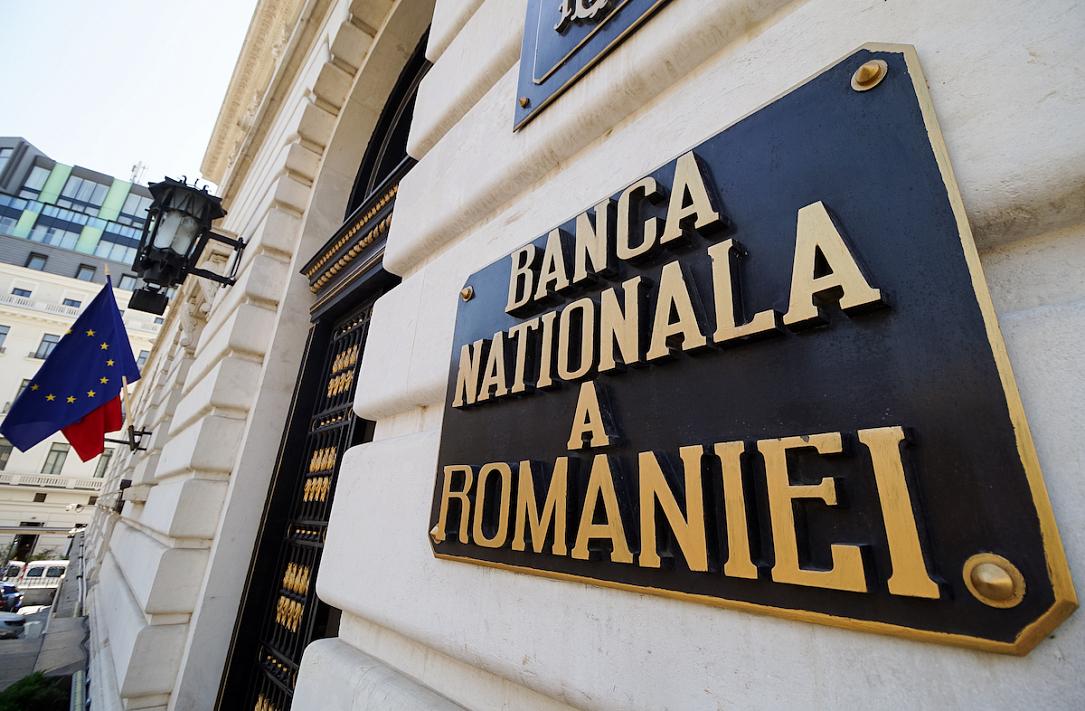Romanian banks expect first rate cut in May and yearend policy rate at 5.75%-6%



BCR-Erste Group and ING (Romania) expressed quite similar expectations for no rate cut on the April 4 monetary board meeting of the National Bank of Romania (BNR) while also signaling the first rate cut for the next month.
While ING expects rate cuts in a total amount of 100 base points (bp), possibly “non-linear” by the end of the year (from the 7% monetary policy rate as of now), BCR believes that BNR could go further and bring the policy rate to 5.75%.
In this context, the investors will be very sensitive to the rhetoric of the central bank officials on April 4 to identify trends that are going to be significantly impacted by the policies of the executive that do not seem oriented towards fiscal consolidation but rather towards consistent deficit financing and fiscal stimulation.
While none of the banks implied BNR accommodating the government’s expansionary pre-electoral policy, their firm expectations for rather significant rate cuts despite fiscal slippage and quite uncertain inflation outlook indicate that the typically amicable relationship between the executive and the monetary authority will stay in place this year. The government prolonging the price-capping system for basic food goods is an attempt to make the central bank’s rate-cutting job easier.
“Inflation eased in February to 7.2% y/y from 7.4% y/y in January. Recent developments in the raw materials sector indicate upside risks to the near-term inflation outlook, and the BNR’s inflation forecast of 6.5% for the end of March is likely to be lower than actual data. On the other hand, the government's decision to extend until December (from March) the food price scheme could reduce the inflation profile for the end of the year by about 0.3 percentage points,” BCR argues, quoted by Economedia.ro.
According to the bank, core inflation fell in February to 7.6% y/y from 8.2% y/y in January, and the 7.0% target proposed by the BNR for the end of March seems within reach.
ING also believes that the BNR will most likely keep interest rates steady in April and leave the beginning of the rate cut cycle for the May meeting.
"Policymakers may still maintain a relatively hawkish tone due to several factors: inflation has surprised slightly higher so far this year, private consumption appears to be recovering slightly, fiscal slippage is official, and oil prices have risen. On growth concerns, the bank is likely to highlight the lagged effects of the tightening measures taken so far and potential hiccups in EU fund inflows. The sharp and significant decline in construction activity data for January could also be among the Bank's (BNR’s) perceived weaknesses, although questions about the robustness of the data could cause the Bank to temporarily overlook the January data," ING says.
iulian@romania-insider.com
(Photo source: Lcva/Dreamstime.com)